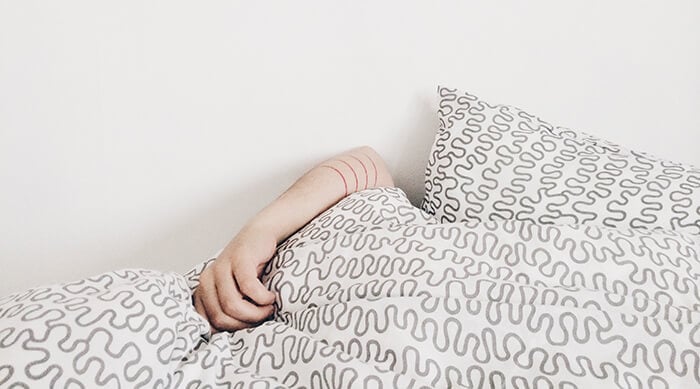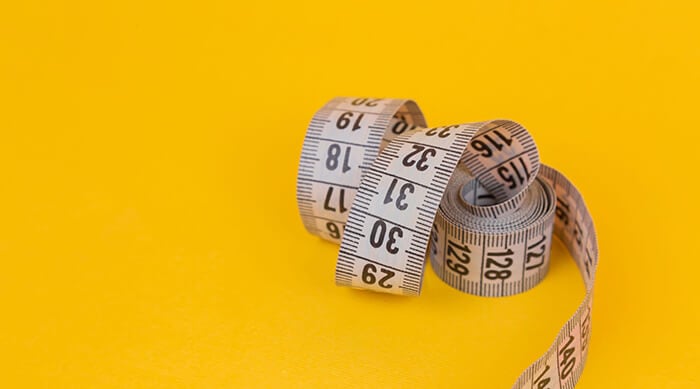Most wine drinkers are familiar with the dreaded wine headache. The red wine headache specifically is the stuff of legend, showing up in some people even if they’ve only had a glass.
Don’t blame the sulfites yet, though. It’s much more likely that something else is behind that wine headache.
Table of Contents
What Causes Wine Headaches?
It could be the tannins.
Tannins are compounds found in the skins, seeds, and stems of grapes. Wines high in tannins have a unique mouthfeel and add bitterness or astringency to wine. They’re not bad for most wine drinkers. In fact, they’re natural antioxidants.
Tannins also trigger the release of serotonin, which might cause headaches for some.
If you find you’re sensitive to the effects of tannins, choose wines that don’t have as many. Pinot noir is a good option for red wine drinkers. White wines typically are much less tannic. If you have a true sensitivity, teas, dark chocolate, and some nuts are also off the table.
If you want to narrow this down, you can test to see if tannins are the problem. Simply brew a strong cup of black tea. Letting the tea steep for a few minutes longer than you normally would will kick up the tannin content. If drinking this high concentration of tannins gives you a headache, you’ve got your answer.
Histamines are a likelier culprit.
Some wine headache sufferers may actually have a histamine intolerance. Histamines are biogenic amines, or compounds, produced by your body. You can take in extra histamines through your diet. The enzyme diamine oxidase (DAO) helps break those down.
If you’re sensitive to histamines, consuming something histamine-rich, like grape skins, can cause an inflammatory response. That can look like the common allergic response: a runny nose, gastrointestinal issues, and — a headache.
The histamine content in red wine is exceptionally high — not surprising, as histamines and the deep red hue are both byproducts of grape skins. If white wines don’t bother you much, it might be better to stick to lighter varietals.
If you’re sensitive to histamine, you’ll likely need to make other changes to your diet. Avoid these to keep histamine reactions at bay:
- Aged cheese
- Dried fruit
- Smoked meats
- Avocados
- Shellfish
- Citrus fruits
So, could I be allergic to wine? While a wine allergy is possible, it is extremely rare. Often people are allergic or have allergic reactions to components in the wine rather than the wine itself.
Enter tyramine, a dark horse.
Tyramine is an amino acid found both in our bodies and in foods. If you have migraines, you’ve likely been told to watch your tyramines because it’s a known trigger in some. Predictably, red wine contains more tyramine than white.
If you suffer from migraines and want to try an elimination diet, you’ll also need to leave out most pickled foods, strong cheeses, cured meats, soy, and overripe fruits. Leave the banana bread for someone else.
You might have a sugar headache.
Consuming a lot of sugar in a short period can cause a sugar headache. Combine sugar with alcohol and you have a recipe for dehydration and a headache. This is more likely with sweet wines or dessert wines.
All wines have some residual sugar thanks to the glucose and fructose in grapes, but you won’t feel most sugar effects with a dry wine, whether it’s red or white.
If you like reds, seek out low-sugar wines like cabernet sauvignon. Pinot grigio or chardonnay are good white varietals with low amounts of residual sugar. Low-sugar wines are lower in carbs, too. That’s good news for keto dieters who like the occasional glass.
Dehydration could be the issue.
Think back to the last time you experienced a wine headache. How much water were you drinking? That headache could be the result of dehydration. Drink lots of water between glasses to mitigate the effects of wine.
It’s not the sulfites.
Let’s get the sulfite myth out of the way first. Sulfites in wine aren’t the cause of your headache.
If they were, you’d be suffering headaches more often. These chemical compounds are everywhere. They’re used as preservatives and found in all kinds of whole foods like eggs, dried fruit, and black tea.
In wine, sulfites prevent oxidation. That’s what keeps your wine from going funky. It’s a good thing.
Some organic or natural wines are considered healthier because they’re lower in sulfites. But there isn’t a truly sulfite-free wine. All wines, including white wine, contain naturally occurring sulfites. Some just have higher levels.
If the wine you’re sipping includes sulfites at 10 or more parts per million (ppm), you should see this on the label in all caps: CONTAINS SULFITES. The limit here in the United States is 350 ppm, but most bottles don’t get anywhere near that.
Winemakers may also add sulfites during fermentation as a preservation method, but most average wine drinkers won’t notice higher concentrations in their wine. True sulfite sensitivity is rare, and most who experience allergic reactions are also asthma sufferers.
Wine vs. Other Alcohol
It may seem like red wine has the worst reputation for headaches, but if you’re prone to bad headaches, any kind of alcohol consumption isn’t great.
Alcohol messes with your serotonin levels, dilates the blood vessels that travel to your brain, and increases blood pressure. All of that combined can mean a nasty headache.
Ethanol is also a trigger for about a third of migraine sufferers. That includes alcoholic beverages like beer, spirits, and sparkling wine. Other factors that may contribute to headaches after drinking include:
- Ingredients or mixers in the drink
- Whether you’ve eaten
- What you’ve eaten
- How tired you are
- How stressed you are
The bottom line here: no matter what type of alcoholic beverage you enjoy, headaches, much like hangovers, are always a looming threat if you’re not careful.
Treating a Wine Headache
How do you get rid of a wine headache? To get rid of a wine headache, drink plenty of water and take an over-the-counter anti-inflammatory like aspirin or ibuprofen.
Some headache sufferers report caffeine has a positive effect, too. Try a cup of coffee or 2 if you feel a headache coming on to see if that helps. Get some rest while you’re at it until the headache passes.
How long do wine headaches last? A wine headache can last as long as 24 hours. That’s also the length of time of most hangovers.
7 Ways to Avoid Wine Headaches
How do you prevent a headache from drinking wine? To prevent a wine headache, drink plenty of water, avoid too much sugar, and moderate your drinking.
Much like wine hangovers, it’s easier to avoid a wine headache than to treat it after the fact.
Here are a few things to try instead:
1. Drink lots of water.
Try to have a glass of water between each glass of wine. It’s not only a great way to keep yourself hydrated, but you’ll likely drink less wine that way, too. Too much alcohol and dehydration are the most common culprits behind wine headaches.
2. Try an antihistamine.
If histamines are causing your headache, don’t pick up the wine glass until about 30 minutes after you’ve taken an antihistamine. Over-the-counter allergy medication can effectively prevent headaches, but check the label for drug interactions — Claritin and Benadryl are both great at fighting allergens, but mixing with alcohol can make you super drowsy and may cause other side effects.
3. Avoid too much sugar.
You already know sugar headaches are a real thing. Cake and champagne may sound like perfection, but it won’t do anything for you if you’re susceptible to headaches. Snack on something savory instead. If sugar is your go-to snack, try opting for drier types of wine.
4. Don’t drink on an empty stomach.
Drinking on an empty stomach is a great way to get drunk faster. Avoid headaches from overconsumption by eating something substantial before you start drinking. Lean proteins are a great option and paleo diet-friendly.
Note: Those extra wine calories add up if you’re trying to lose weight. Cutting alcohol altogether is a great way to kickstart a diet. Don’t want to abandon wine just yet? Try low-calorie non-alcoholic wine from Surely.
5. Test out new wines.
If you think you’re sensitive to some varietals, pay attention to more than the wine acidity on any new wine you try. Test out that new malbec by having a small amount first. Wait for any side effects.
If you’re going to get a headache because of any of the reasons we’ve described here, it’ll happen quickly. Most wine headaches from sensitivities hit within about 15 minutes.
6. Sip in moderation.
Many wine headaches are simply the result of drinking too much. Drink wine in moderation to avoid the worst side effects of too much wine. That means one standard glass of wine per day for women and 2 glasses of wine per day for men.
If you’re drinking wine with a high alcohol content, consider drinking less than the standard 5-ounce pour. If you know you’re having more than one glass of wine, give yourself some time in between glasses.
7. Try alcohol-free wine.
If it’s the alcohol in wine bringing you down, you may find that you feel better overall if you just skip the booze. That doesn’t mean you can never have a great glass of wine. Try non-alcoholic wine instead.
Surely wine tastes just like real wine because it is real wine. The alcohol is removed at the end so you never have to experience a wine hangover again. Fans of red wine, taste our non-alcoholic pinot noir. If you like white wines, try our crisp non-alcoholic sauvignon blanc.






